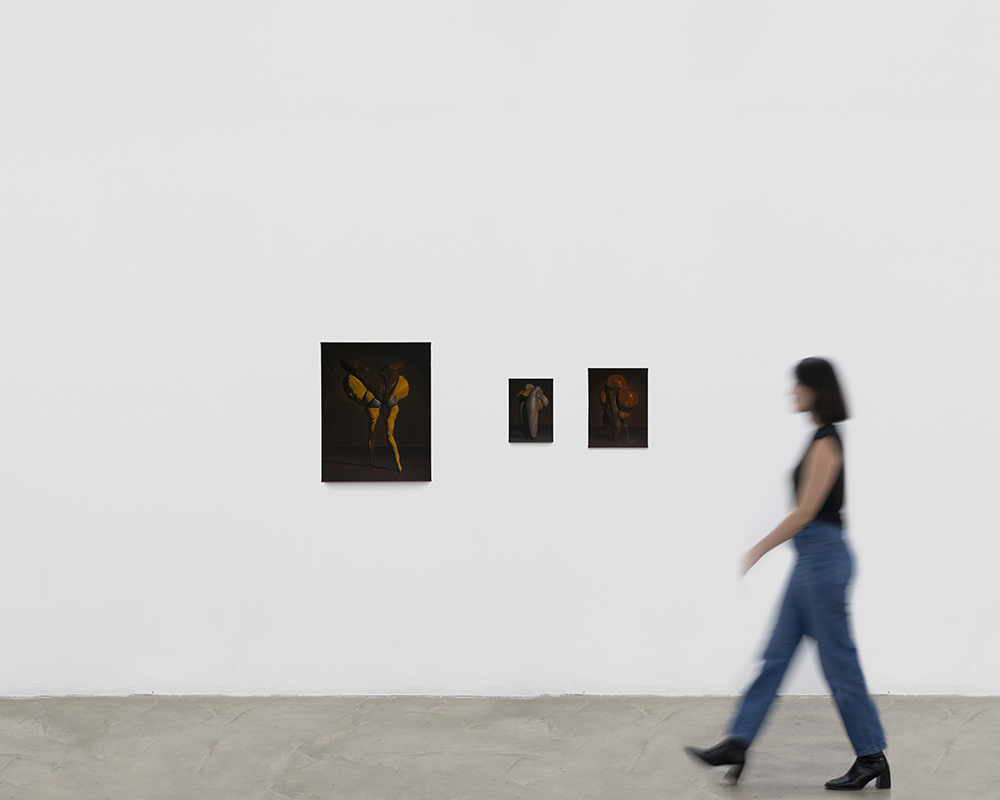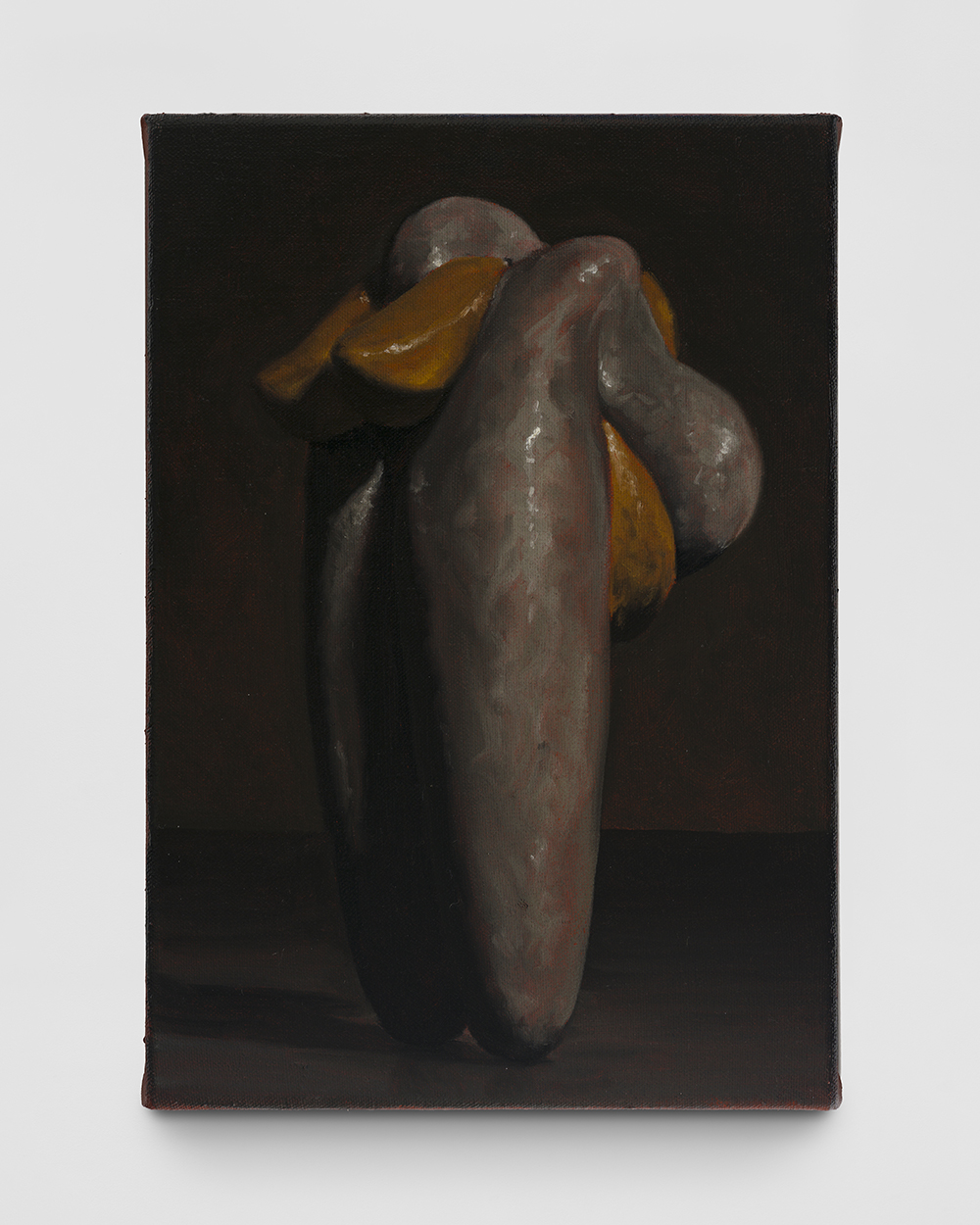There are dark recesses of art that draw us into something we may think we want no part of: images that weave the repulsive into skeins of elegance that we do not fully understand because the understanding resides only within the artist, if anywhere. The effect is both disturbing and comforting. Disturbing because we are drawn in—though we are also kept out—and comforting because we can stare with impunity in the gallery from a safe distance.
Will Thornton seems headed to be a master of this practice, like Francis Bacon and Joel-Peter Witkin, with his new show, “Hypnagogic Sex Idols.” The question hovering behind this exhibition is how Thornton got here.
A haircutter by trade, he apparently taught himself to paint, and paint well—like Velázquez even—by watching YouTube videos, and then he became a society portrait painter in Charleston, South Carolina. His portrait painting crashed during the pandemic, at a time when he and his wife were trying to conceive. As Thornton would have it, the threat of the pandemic, the loss of livelihood, and attempts at conception all converged to yield dreams and images between wakefulness and sleep. These dreams became fertility fetishes: idols to empower the soul and calm anxieties.

Will Thornton, “Hypnagogic Sex Idols,” Installation View, 2023. Courtesy of the artist and Nicodim Gallery.
“Hypnagogic” is defined as that which accompanies the act of falling asleep. The show features 25 paintings of Thornton’s sex idols, each painted from an actual object crafted by Thornton himself with obvious skill and finesse. The range of form and iterative invention is impressive. No two are the same, yet they all seem to be part of a very tight-knit visual language consisting of abstracted, caricatured sexual organs and parts that share a common set of properties.
Many of them seem to have internal gyroscopes allowing them to hover or balance themselves on pointed legs. (Like the Venus of Willendorf that came before them, they have no feet.) Often, they are personified like small figurines squirting and performing for an audience while simultaneously provoking the viewer with their profanity or their fertile, oozing viscosity. The breasts, the clitoris, the anus and phallus seem to fit in an uncannily natural design, following unstated laws of the logic or illogic of dreams.
With quotes from Carl Jung and Cronenberg’s character Brian O’Blivion in Videodrome (1983), Thornton locates the source of this project deep within the psyche, suggesting a portal into the unconscious mind. Jung speaks of a little hidden door in the secret recesses of the soul. Brian O’Blivion, a less reliable narrator, speaks of emergent visions capable of causing tumors. “Hypnagogic” itself seems a word unearthed from beneath other ancillary meanings, like the soul and the collective unconscious, relative to its usefulness for the artist’s imagination. Thornton has clearly found them both relevant and useful in delivering a remarkable body of work for his first exhibition. In the end, we don’t really have to understand because we have looked, unflinchingly—possibly against our will—and have
accepted that this may have been the point all along.

